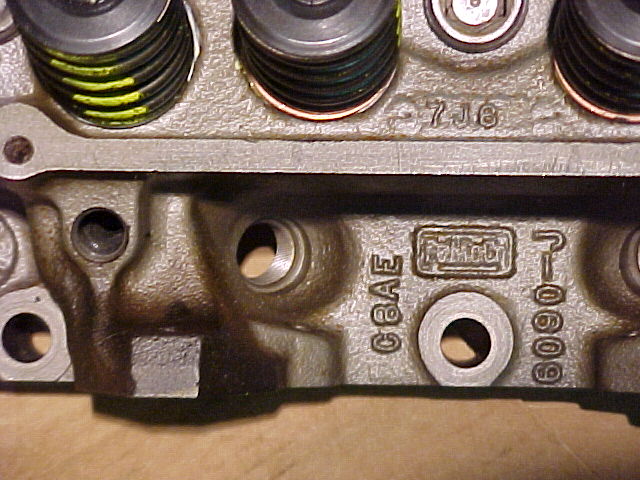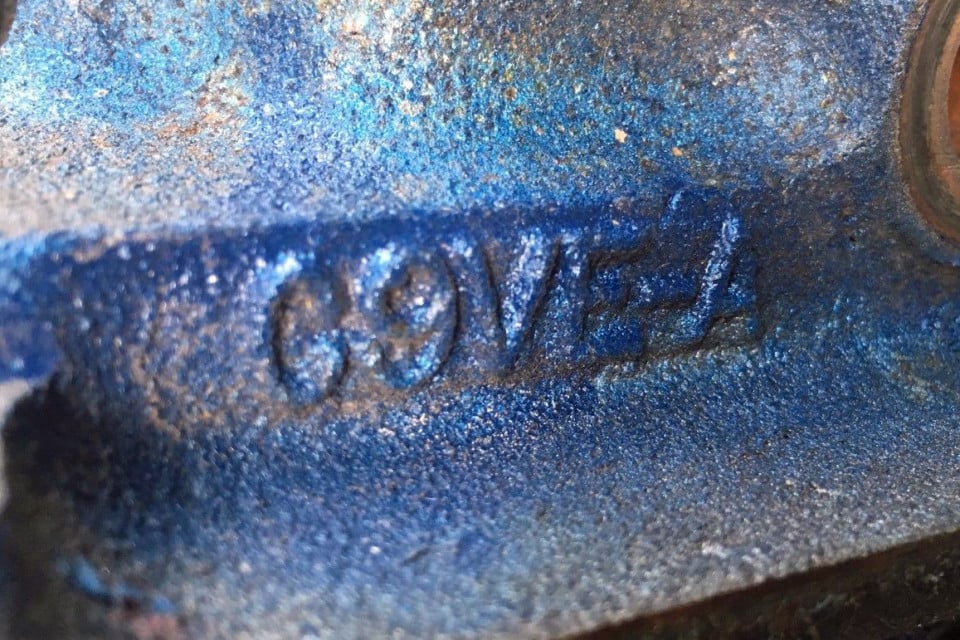Fe Casting Numbers
While block part numbers can help identify most engine sizes correctly, there are a few exceptions. A good example is the FE family of engines. For example, it is possible for the 390, 410 and 428 to share the same part numbers on an engine block, (i.e.: C6ME-A)


Standard 427 FE with cross-bolted mains. proaddisplayadzone id='16495' HRET: We’ve seen FE blocks with different casting numbers on them; for example, a lot of blocks have “352” cast in, some say “DIF”, and we’ve seen other markings as well. The engineering numbers would return when the new Michigan Casting Center (MCC) started producing FE and FT blocks in the early '70s. MCC blocks would not contain the familiar '352' marking of years past, but would instead use '105' as a general identifier. The picture above shows a 428 block that lacks engineering numbers.
How is this possible?
It takes several individual parts to form and cast an engine block. As engineering changes occurred throughout production, subtle changes were made to some of the individual sections that formed the casting, while others did not require a change. For example, as the FE family grew to include others engines, the section of the block containing the 352 casting did not forego any early engineering changes and remained in place as other FE engines were conceived. This explains the 352 part number found on many FE blocks that are larger than the 352 V-8 engine, including some 390s and 427s.
How can you tell a 428 from a 410 or a 390?

Ford Fe Heads Casting Numbers
The surest way is to remove the cylinder heads and measure the bore. 390s and 410s had a standard bore of 4.05” while the 428 possessed a standard bore of 4.13”. However, this will not tell you if you have a 390 or 410 if the part number on the block corresponds to both. You must take a step further and examine the crankshaft for markings as the 410 used a 428 crank.
390 Fe Head Casting Numbers

Note the most common 390s could not be bored to 428 size, (i.e.: 4.13”) due to the thin cylinder walls and interference with water-jackets. However, the 390 Police Interceptor and GT blocks had thicker walls between each cylinder bore. Interestingly, some of these beefy 390s were machined to 428 specs for the first line-up of ’67 Shelby Mustang cars.